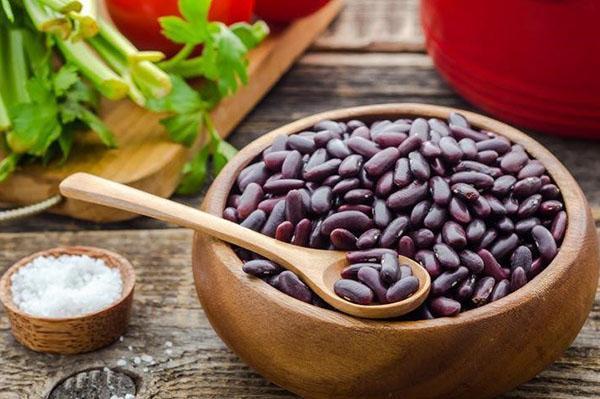Planting legumes in summer cottages
 Legumes have long spread throughout Europe and Asia. Bean dishes have a special place in Mexican and English cuisine. Beans stewed in tomato sauce are very fond of Americans. In China, beans are used to make sweet pies, and lamb peas and black Eyed Peas widely used in the preparation of a large number of dishes of the Egyptian and Jewish national cuisine. Legumes have gained popularity due to their beneficial properties and their ease of growing. If you plant legumes on your site, you will not only get tasty and healthy fruits, but also saturate the soil with nitrogen, which will have a beneficial effect on the development of other crops.
Legumes have long spread throughout Europe and Asia. Bean dishes have a special place in Mexican and English cuisine. Beans stewed in tomato sauce are very fond of Americans. In China, beans are used to make sweet pies, and lamb peas and black Eyed Peas widely used in the preparation of a large number of dishes of the Egyptian and Jewish national cuisine. Legumes have gained popularity due to their beneficial properties and their ease of growing. If you plant legumes on your site, you will not only get tasty and healthy fruits, but also saturate the soil with nitrogen, which will have a beneficial effect on the development of other crops.
Soil preparation
Light sandy loam soil works well for growing legumes. Legumes love sunlight and warmth, so keep the legume bed in a well-sunlit spot. To avoid stagnant water, the bed should be on a hill. Legumes are planted in separate holes 5 cm deep.
Before planting beans, peas, chickpeas and beans, the soil is disinfected with a slightly pink solution of potassium permanganate.
Before planting, horse manure or a solution of chicken manure must be added to the holes. To prepare a nutrient solution, dissolve 200 ml of chicken slurry in 10 liters of water. In order for legumes to grow well, their seeds must be soaked and the beans must be properly planted in open ground.
Collecting seeds and drying beans
Legumes are leguminous plants. The seeds of beans, peas and beans are harvested when the plant pods have turned yellow and the stalk is completely dry. If you are harvesting lamb pea seeds, dry them. After collecting the seeds, they are placed on a paper towel and dried in the hot summer sun. After three to four days, the chickpea seeds will be ready for indoor storage. They also do the same with asparagus beans.
You do not need to dry the seeds of beans, peas and beans. They need to be soaked before planting.
Planting legumes
When planting chickpeas, sow 5 seeds in one hole. They do the same with peas. When planting beans and beans, two seeds are placed in the hole. Then the holes are covered with soil and watered well. After the first shoots appear, the soil is loosened for better air circulation in the soil.